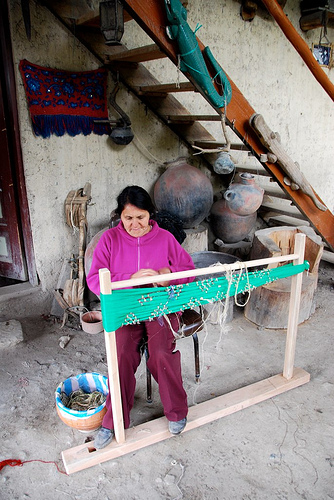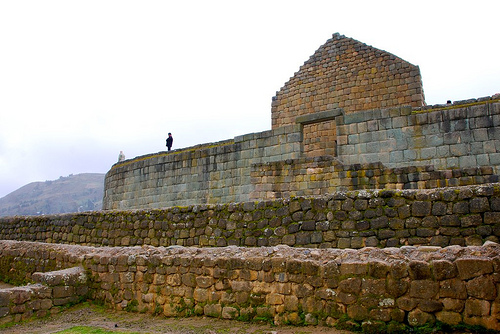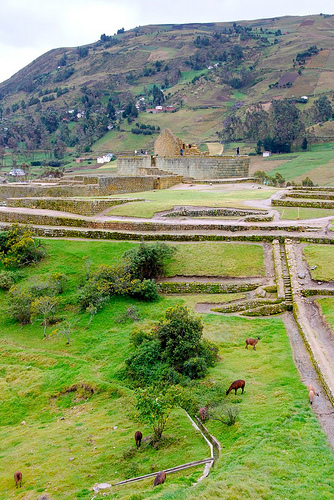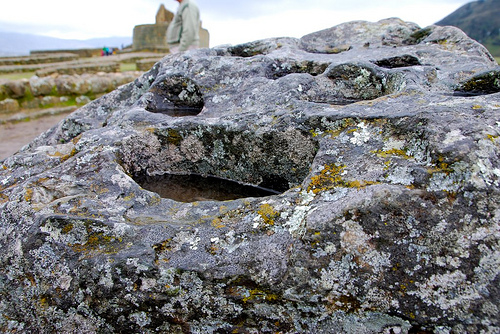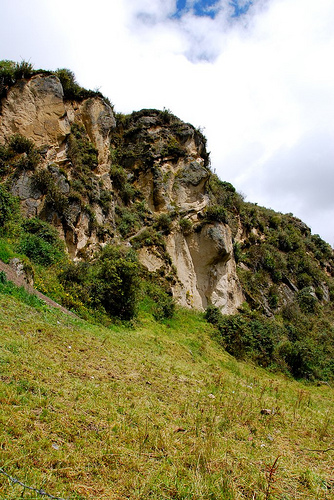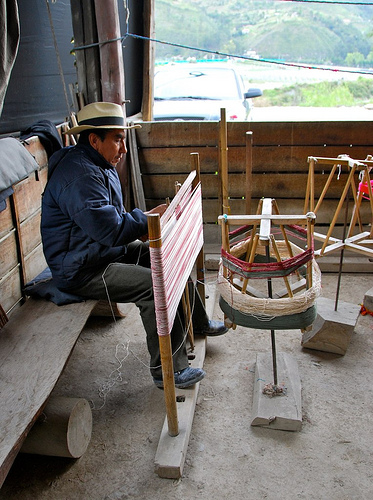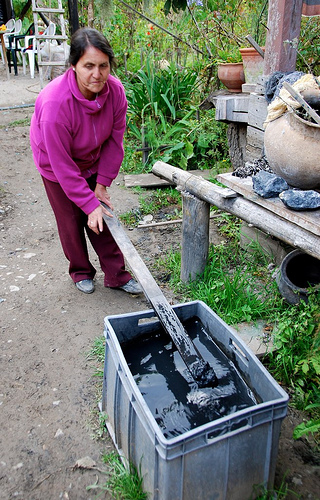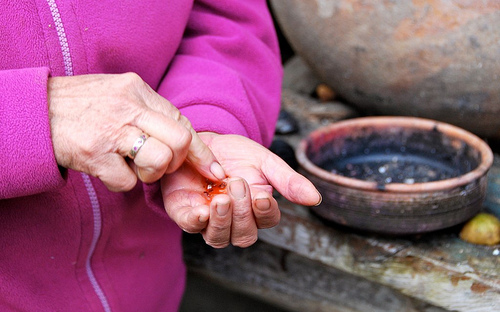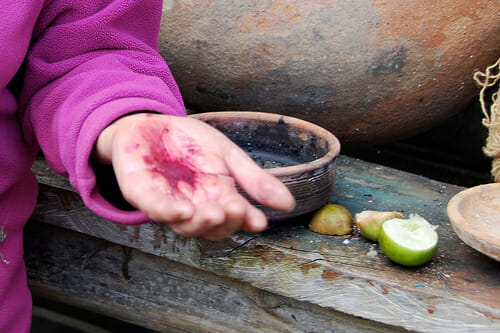Ingapirca, Ecuacor – 24 July 2011
On our trip to Cajas, we were lucky enough to meet a friendly couple from Seattle, Julia and Brian, who invited us along for their Ingapirca excursion the next day. Not only did we get to ride there in style (as opposed to schlepping on the bus), we had a lot of fun spending the day with them! This would be a great place to include a photo of the four of us, but I don’t seem to have one ):
Ingapirca is an archaeological site about 45 miles north of Cuenca (the lovely city which was our base for about a week), in the southern part of Ecuador. As the largest known Incan ruins in Ecuador, Ingapirca is a pretty big draw for tourists, but, like most of the tourist sites in Ecuador, the crowds are mild compared to sites in many other parts of the world. The site’s other claim to fame is that it is one of the few places you can see Incan ruins with grazing llamas all around! Not much is really known about the site, but there is evidence of houses, tools that appear to be used in kitchen chores and the Temple of the Sun, the most significant building remaining at Ingapirca. The building, like all those built by the Incans, was constructed without mortar, so the stones fit together perfectly. It is quite impressive to see how well the building and walls have survived after 500 years!
As an added bonus to your visit to Ingapirca, you can choose to hike about a 1/2 mile outside of the site to see La Cara del Inca (“the Inca’s face”). We decided to check it out and took off on the muddy, slick path towards what we hoped would be a pretty impressive sight. It definitely looks like a man’s face and, although Julia wasn’t all that impressed, I found it to have a lot more truth in advertising than La Nariz del Diablo!
From Ingapirca, we headed to a small workshop where artisans make Ecuador’s famous Ikat fabric. We got to see each step of the process, but didn’t buy anything. I think the fabric is really beautiful, but wasn’t in the budget for this trip! 